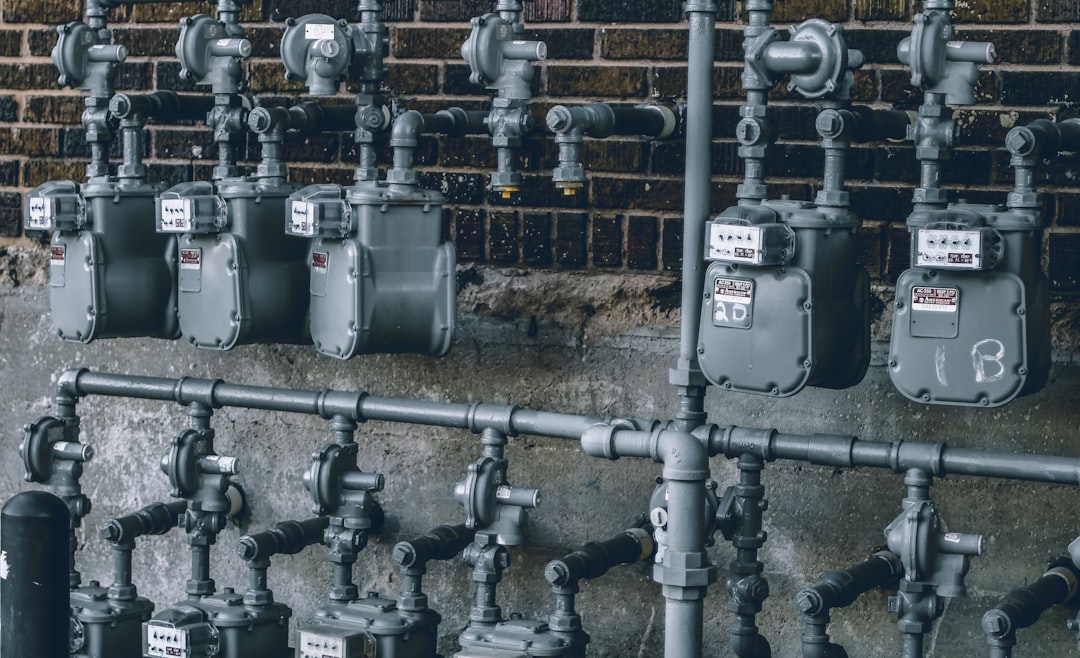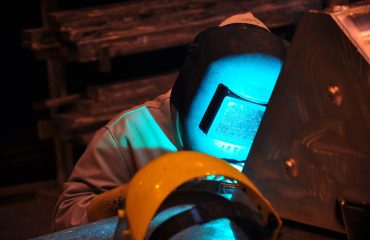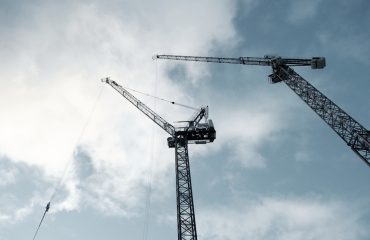API 5L is a globally recognized standard for line pipe used in the oil and gas industry. Understanding its intricacies is crucial for anyone involved in the design, manufacturing, procurement, or inspection of pipelines. This comprehensive guide will delve into the key aspects of API 5L, providing a clear and concise explanation for both novices and experienced professionals.
Understanding API 5L Specifications
API 5L, officially titled “Specification for Line Pipe,” is published by the American Petroleum Institute (API). It outlines the requirements for seamless and welded steel line pipe intended for the transportation of petroleum, natural gas, and other related products. The specification covers various aspects, including:
- Material Requirements: API 5L defines acceptable steel grades, each with specific chemical composition and mechanical property requirements. These grades are categorized based on their strength, toughness, and weldability.
- Manufacturing Processes: The standard details the permissible manufacturing methods for both seamless and welded pipes, including the required quality control measures at each stage of production.
- Dimensional Tolerances: API 5L specifies acceptable variations in pipe dimensions, such as outside diameter, wall thickness, and length, to ensure consistent performance and compatibility.
- Testing Requirements: The standard mandates various tests to ensure the pipe meets the specified requirements. These include tensile tests, bend tests, and hydrostatic tests, among others.
- Marking and Identification: API 5L dictates the marking requirements for each pipe, including the manufacturer’s identification, grade, and other relevant information.
Decoding API 5L Grades and Their Applications
API 5L specifies numerous steel grades, each designed for specific applications and operating conditions. The grade designation usually consists of a letter followed by numbers (e.g., L80, X70). The letter indicates the manufacturing process (e.g., L for seamless, X for welded), and the numbers represent the minimum yield strength of the steel in ksi (kilopounds per square inch). For instance, X70 denotes a welded pipe with a minimum yield strength of 70 ksi. Different grades are suitable for various pressures and temperatures, influencing their use in different pipeline segments.
Some common API 5L grades and their typical applications include:
- L80: Commonly used for high-pressure applications.
- X65: A versatile grade suitable for a wide range of applications.
- X70: Often employed in long-distance pipelines due to its high strength.
- X80: Used for high-pressure, high-temperature applications.
- X100: Suitable for extremely demanding applications requiring superior strength.
API 5L Testing and Quality Control
Rigorous testing is essential to ensure API 5L pipe meets the specified quality standards. This includes a series of destructive and non-destructive tests performed at various stages of production. These tests verify the chemical composition, mechanical properties, and dimensional accuracy of the pipe.
Key tests include:
- Tensile Testing: To determine the yield strength, tensile strength, and elongation of the steel.
- Bend Testing: To assess the ductility and formability of the pipe.
- Hydrostatic Testing: To verify the pipe’s ability to withstand internal pressure.
- Non-Destructive Testing (NDT): Techniques like ultrasonic testing and radiographic testing are used to detect internal flaws without damaging the pipe.
Ensuring API 5L Compliance
Compliance with API 5L is crucial for ensuring the safety and reliability of pipelines. This involves selecting the appropriate pipe grade based on the project’s specific requirements, verifying the manufacturer’s compliance with the standard, and implementing appropriate quality control measures throughout the project lifecycle. Independent third-party inspection is often employed to ensure compliance and provide assurance to stakeholders.
Key aspects of ensuring compliance include:
- Material Traceability: Maintaining a clear chain of custody for the materials used in pipe manufacturing.
- Documentation Review: Thoroughly reviewing the manufacturer’s test reports and certifications.
- Inspection and Verification: Conducting regular inspections during the manufacturing, transportation, and installation phases.
- Independent Third-Party Inspection: Engaging independent inspectors to verify compliance with API 5L standards.
The Future of API 5L and Emerging Trends
The API 5L standard continues to evolve to meet the ever-changing demands of the oil and gas industry. New grades are being developed to meet the challenges of increasingly demanding applications, such as deepwater pipelines and high-pressure gas transmission lines. Furthermore, there’s a growing emphasis on sustainable practices and the development of environmentally friendly materials.
Emerging trends include:
- Development of higher-strength grades: To enhance pipeline capacity and efficiency.
- Improved corrosion resistance: To extend the lifespan of pipelines.
- Advanced manufacturing techniques: To enhance production efficiency and quality.
- Increased focus on sustainability: Using recycled materials and reducing environmental impact.
This comprehensive guide provides a solid foundation for understanding API 5L pipe standards. By understanding the specifications, grades, testing procedures, and compliance requirements, stakeholders can ensure the safe and reliable operation of pipelines globally.




